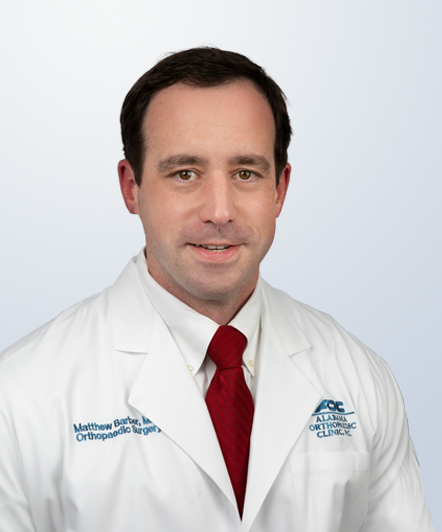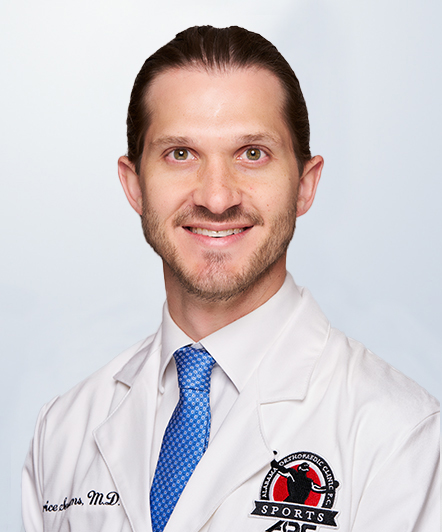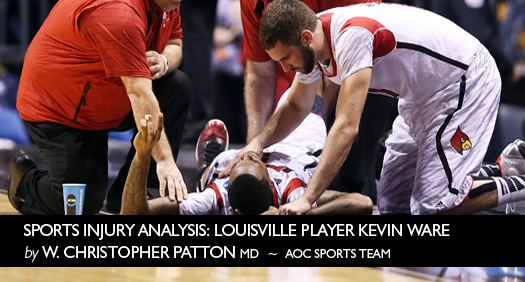Arthritis is the most common cause of disability in the United States. With over 100 types of arthritis, we tend to focus on the most common type, osteoarthritis, also called degenerative joint disease, and the other most common type, inflammatory arthritis. This ailment affects up to 80% of people during their lifetime.
Osteoarthritis is caused by destructive wear and tear of the articular cartilage which covers the end of joints. All joints have a cartilaginous end to the bone. This tissue is well organized and is very smooth with low friction; therefore it takes multiple years and multiple cycles for a joint to typically wear out.
There are multiple causes for this wear. It can be due to simple aging changes, hereditary factors, malalignment of the joints, or excessive strain to the joints such as repetitive wear or excessive weight.
Patients who come to Alabama Orthopaedic Clinic for arthritis pain are often diagnosed by the history of the joint pain and stiffness, the physical signs of joint pain, stiffness, malalignment, increased warmth or swelling, and confirmed by other diagnostic tests such as x-rays. The diagnosis of inflammatory arthritis can be assisted with x-rays, but are more typically diagnosed by laboratory tests such as rheumatoid factor, a sedimentation rate and an antinuclear antibody test or screen.
Unfortunately, there is no known cure for arthritic conditions; however, great progress has been made over the recent years in trying to find disease-modifying agents that can potentially slow the process of the development of arthritis. The initial treatment for arthritic conditions is related to activity. This may be in the form of exercise, stretching, physical therapy or occupational therapy. Next, diet may be important. Not only does weight loss help joint wear, it may reduce some of the strain on the joint and certain types of diets may reduce the actual causes of inflammation in the body. Medications which are frequently used for this include categories such as nonsteroidal anti-inflammatories.
If you are having symptoms or problems occurring from arthritis, please call and schedule and appointment today, 251-410-3600 or visit alortho.com.
LIKE AOC on Facebook
Follow AOC on twitter
































